Climate and Energy Summit 2025
Next event In person & livestreamed

- Area of Expertise
- Climate, Energy & Natural Resources
Climate, Energy & Natural Resources

Senior Fellow for Peace, Security and Defence at Friends of Europe, and former Deputy Assistant Secretary General for Emerging Security Challenges at the North Atlantic Treaty Organization (NATO)
As I write these lines, the 2023 United Nations Climate Change Conference on combatting global climate change, or COP28, has just ended in Dubai. It was due to come to an end on 12 December but as so often at these big international gatherings, where all decisions and all texts are agreed by consensus, last-minute haggling forces the host country – in this case, the United Arab Emirates (UAE) – to stop the clock and extend the meeting in the hope that a text will emerge that all 197 participating countries plus the EU can sign up to, most more half-heartedly than others. As has become evident from a succession of COP conferences over the past 30 years, the tragedy of climate change for humanity is that growing evidence of its severity and universal impact has not been matched by a global consensus on the actions, and the urgency of those actions, needed to deal with it. In this respect this latest COP in Dubai was certainly the largest with over 90,000 delegates from governments, the private sector and civil society attending; but it was also the most complex in terms of the range of urgent outstanding issues to be addressed and the need to back aspirations and pledges with concrete timelines, implementation plans and finance.
As more problems and issues are loaded onto the COP agendas, finding sufficient commitment and finance for each of them becomes ever more difficult
So, as this COP ends and we look forward to the 29th edition, to be hosted by another petro-state, Azerbaijan, this time next year, where do we stand in catching up with the accelerating pace of climate change and is the glass half-full or two-thirds empty?
Certainly, in going into this latest COP session, government climate negotiators were under greater pressure than ever to raise the level of ambition and come up with more than the usual cocktail of diluted goals and vague commitments. Inspired by 2023 as the hottest year on record and unending extreme weather events – with record heatwaves alongside record rainfall in Australia being but the latest example – the UN Secretary General, Antonio Guterres warned the COP delegates that “we are living climate collapse in real time”. He was seconded by US Climate Envoy, John Kerry, who spoke of “a war for survival”, certainly not simply rhetoric for small island states such as the Marshall Islands, Vanuatu or Samoa, which are in danger of sinking into the ocean if the pace of current greenhouse gas emissions is not drastically reduced over the next decade. The thousands of NGOs and advocacy groups showing up in Dubai pointed to the fact that on current trends the planet is due to warm by 2.9°C over pre-industrial levels by mid-century. This is almost double the relatively safe limit of 1.5°C established at the Paris COP back in 2015. ‘Keep 1.5 alive’ has been an oft-repeated refrain from the two previous COPs in Glasgow and Sharm el-Sheik as going above that level could expose humanity not just to more frequent and severe extreme weather events but to spiralling health hazards from living with extreme heat and the collapse of vital eco-systems that provide food, clean drinking water and the biodiversity that sustains the natural environment.
All the most recent COPs have been qualified as ‘drinking in the last chance saloon’ with climate activists pointing out that the window to act before 1.5°C disappears beyond reach is closing fast. As climate change accelerates the options to stay at 1.5°C become more limited and the financial and social consequences of imposing them become ever more difficult for politicians to accept. Thus, a downward spiral towards 3°C of global warming seems almost inevitable bringing into play various geo-engineering scenarios with incalculable risks for our planet if they are poorly designed or over-hastily conceived or go spectacularly wrong. As the timeline for action contracts, COP meetings have to simultaneously handle both climate mitigation and adaptation to the effects already baked in from the trillions of tonnes of carbon emissions released into the atmosphere thus far. As more problems and issues are loaded onto the COP agendas, finding sufficient commitment and finance for each of them becomes ever more difficult.
Yet, with all these caveats, the COP28 summit got off to an impressive start with a flurry of new initiatives in its first week.
First off was an agreement to establish a fund for Loss and Damage. This is a proposal from the poorer and less developed countries that they should be compensated for the climate damage that they have suffered from the carbon emissions and pollution caused by the high-income economies, which have been pumping ever larger amounts of carbon into the atmosphere since the Industrial Revolution got underway in Europe and North America in the 1830s and 1840s. It is unjust that low- and middle-income countries (LMICs), which contribute less than 5% of carbon emissions, should suffer 90% of the damage as their infrastructure and housing are less resilient to hurricanes, floods and wildfires. The recognition of Loss and Damage as part of the COP process was only achieved in Sharm el-Sheik a year ago after much initial resistance from the high-income countries (HICs), which feared endless legal claims for compensation or feared that large-scale financial transfers would be used for other purposes than improving climate resilience. Yet in Dubai, the United States and the European Union, followed by other members of the wealthier part of the globe, agreed to establish the fund. France and Germany each chipped in $100mn, and the United Kingdom and other European countries smaller amounts. The initial US contribution of $13mn reflects the fact that the Biden administration is wary of requesting a larger sum from climate sceptical Republicans in the US Congress. Yet given the very large number of countries that could present credible claims for compensation to the fund, it would need billions every year to make it meaningful. Although the principle of historical Loss and Damage has been conceded, it seems more likely that the rich countries will put their money into funds that benefit them as well, such as carbon-free fuels, fourth-generation nuclear reactors and green technologies.
Another novelty was the initiative on nuclear power generation, which was adopted by 20 countries with the aim of tripling nuclear power output by 2030. Nuclear power used to be denounced even more than oil and gas. Many countries like Germany have decided to phase out their nuclear power plants given the high cost of nuclear-generated electricity as well as the environmental hazards. This year, according to the Nuclear Industry Status Report, electricity generation from nuclear plants fell by 4% to constitute 9.2% of total electricity output. Yet smaller, cheaper reactors and the prospect of more powerful nuclear fusion – as opposed to the traditional nuclear fission technology – not to speak of the need to find alternatives to fossil fuels faster, have transformed the attractiveness of nuclear. China has just introduced a fourth-generation reactor at its Shidaowan plant and claims that this is more efficient and safer than the more traditional reactors. The US, China and France are the largest users of nuclear power today but more countries are now ordering new plants including from Russia’s Rosatom, which is doing good business in Turkey, Hungary and the Gulf states. So, the aim to triple nuclear-generated electricity by 2030 may well be among the more feasible ones. Countries like Germany facing sharply higher consumer and industrial energy prices may well regret the decision to end nuclear power.
Methane, much more polluting than CO2, also received attention. One hundred countries came together in an agreement to reduce methane emissions by 30% by 2030. Canada subsequently announced a deal with its farmers to cut methane emissions from cattle by offering them offset credits. The Civil Aviation Organisation (CAO) of the UN, headquartered in Montreal, also came forward with an agreement to increase the use of sustainable aviation fuel (SAF). Air transport currently accounts for 2 to 3% of current CO2 emissions but only 1% of aviation fuel is made up of less polluting SAF. The civil aviation industry now intends to decrease its carbon footprint by 5% by 2030. There was also a lot of activity surrounding renewables such as wind, geothermal, hydrogen and solar, which are often viewed as the most attractive and immediate alternatives to fossil fuels. The COP participants committed to triple their use of renewables in a ‘Global Renewables and Energy Efficiency Targets Pledge’. Again, we saw over 100 countries pledging to triple the portion of renewables in the global energy mix by 2030. This would mean raising renewable energy generation to 10,000 gigawatts. Already, 60% of new power plants across the globe are based on renewables. The EU alone has spent €220bn on renewable energy projects over the past 5 years and the US private sector $110bn. Yet despite these efforts, renewables account for just 2% of global electricity generation. Moreover, Africa receives less than 2% of the global investment in renewable energy projects so there is also a deficit of global equity when it comes to the green transition and the sharing of renewable technologies. The sums invested in renewables still fall far short of the requirement if we are to reduce carbon emissions fast enough to stay under 2°C of global warming. Climate economists calculate that instead of the $1.3tn in annual energy transition investments that are occurring now, at least three times as much will be required by 2030 to significantly decrease our dependency on fossil fuels – which still account for 80% of power generation. This led Fatih Birol, the head of the Paris-based International Energy Agency (IEA), to declare that the pledges were “good but not good enough”. A related issue concerns the proliferation of climate funds with a Green Climate Fund, a Climate Action Fund, a Climate Adaptation Fund and a Loss and Damage Fund creating confusion in the public mind as to which precise use each fund is for and which performs better than others. The next COP in Baku could usefully rationalise this structure and build climate change action around existing initiatives rather than annually adding a plethora of new ones.
The COP finally reached a consensus on fossil fuels by agreeing on language that spoke of ‘transitioning away’ from them in a way that will achieve carbon neutrality by mid-century
A further positive development at this year’s COP was that it held its first discussion on health issues, long overdue in view of the way that climate change is spreading diseases and extreme heat across the globe and making fragile populations vulnerable to all nature of physical and mental harms. A report by the World Health Organization (WHO), appearing at the same time as the COP, stated that each year 5mn people die from poor air quality, particularly air pollution in urban environments. Climate change is also spreading insect-borne diseases across the Mediterranean from Africa into Europe, putting the quality of drinking water and food at risk. Yet less than 0.5% of climate finance each year is spent on health. This dimension now needs to be automatically on the agenda at future COP meetings.
Yet much of the good work on these various initiatives and pledges was threatened to be undone by a very public dispute at the Dubai COP regarding the phasing out of fossil fuels. In a paradigm that often pits HICs against LMICs, this issue was different as it pitted oil and gas producers against each other and consumers as well, whether in the richer or poorer countries. In the 30 years of its existence, the COP has never adopted language on the phasing out of fossil fuels. At COP26 in Glasgow, it proved impossible to secure an agreement to phase out coal – the most polluting of the fossil fuels – by a certain date but only to reduce production and use of coal. For many climate activists, the big credibility test of the Dubai meeting would be to make fossil fuels, rather than merely the carbon emissions that come from them, the true culprit of the piece and agree to stop using them entirely rather than deal with the emissions only after they had been produced. Yet even before COP28 opened, the omens were not looking good. The COP secretariat of the host country, the UAE, prepared a confidential briefing note for the COP President Sultan al-Jaber, in which he was encouraged to propose new oil and gas drilling and exploitation projects with a host of other COP countries during his bilateral meetings with them. When the briefing note leaked to the BBC, the UAE COP team did not deny its authenticity. Al-Jaber was already under the spotlight upon his appointment as COP President as he is also the CEO of the UAE national oil company. In the eyes of many NGO representatives, this hardly made him a neutral arbiter of COP debates.
Yet the biggest shock occurred at the eleventh hour when the final COP28 declaration was being negotiated. A reference to the phase-out of fossil fuels disappeared from the text to be replaced by a list of voluntary options that countries could choose from if they so wished to “reduce consumption and production in a just, orderly and equitable manner”. This last-minute change, it appeared, was imposed by Saudi Arabia with the support of Iraq and other countries largely dependent on fossil fuels for their state budgets and export revenues. The Kuwaiti head of Organization of the Petroleum Exporting Countries (OPEC), the cartel of major oil producers, circulated a note in which he instructed the OPEC member states to veto any mention of fossil fuels in the final declaration. Outraged, many countries pushed back, including Canada, the world’s 4th largest fossil fuel producer, and Australia, previously shy of climate change commitments and one of the world’s biggest producers of minerals from carbon-intensive mining. Yet the loudest protests came from the Alliance of Small Island States and the High Ambition Coalition who pointed to the rising sea levels from global warming unleashed by atmospheric carbon. For these low-lying countries, postponing a decision on fossil fuel phase-out read like a death warrant. However, the big oil producers did pick up support from LMICs such as Botswana. Its chief negotiator spoke of “the need to exploit natural resources to develop our people for livelihood improvement and job creation”. He criticised HICs for wanting to choke off access to fossil fuels by the LMICs after they, themselves, had liberally used these resources for over 150 years.
The oil and gas producers who, unlike Canada or even the UAE, have not yet made the transition to a more diversified and modern economy still need fossil fuel revenues to make that transition. In some cases, such as Venezuela or Iran, that transition has not even started. Paradoxically, as the big producers of oil and gas see the writing on the wall for the end of fossil fuels, they become all the more determined to postpone the day of reckoning and to produce and sell as much of the stuff as they can – while they can. Keeping oil and gas prices high through the OPEC+ group and other cartel arrangements helps to increase revenues but also makes renewables and nuclear more competitive despite the high cost of introducing the technologies. The continuing dependence of the transport sector, in particular on oil, makes any phasing out of fossil fuels a gradual process. The oil producers also hope that they will have a stay of execution through the development of carbon capture and storage technologies, which can store carbon as it is being transmitted or take it out of the atmosphere and bury it underground later. Yet experts have pointed out that current capture and storage technologies only capture 50% of emitted CO2 gases. To make capture and storage strategically significant would also necessitate much higher levels of investment. Last year, this stood globally at €5bn, whereas experts calculate that at least €4tn would be needed. So, capture and storage, no matter how useful, is not the silver bullet that the oil and gas industry often claims. Either humanity or fossil fuels survive. That bullet cannot be dodged any longer.
Ultimately, and in a second all-night session, the COP finally reached a consensus on fossil fuels by agreeing on language that spoke of ‘transitioning away’ from them in a way that will achieve carbon neutrality by mid-century – in other words, as much carbon will be removed from the atmosphere as is put in. The text spoke also of countries ‘contributing’ to this effort but left it up to them to determine what they judge to be a valid contribution. Inevitably, some will do less than others. In a typical ‘glass half full, glass half empty’ split, some advocates of a fossil fuel phase-out denounced the compromise as too weak and inadequate. The representative of Samoa received a prolonged standing ovation when she did just this at the closing ceremony. But others, such as John Kerry, took a more pragmatic approach. The OPEC countries had been moved off their intransigent position and the principle of fossil fuel elimination had been agreed, to be firmed up later at other COP meetings.
The outcome of COP28 was unsurprisingly presented as a triumph by Sultan al-Jaber and the UAE will no doubt claim it as a great success for their diplomacy and overall approach. Al-Jaber claimed that $82bn of additional funding for climate action had been pledged in Dubai but we know from past experience that this money is rarely delivered in practice. A pledge in Copenhagen in the mid-1990s to provide $100bn for the energy transition each year to poor countries was never met. Yet the main question coming out of Dubai was to ask if the evolutionary approach to tackling climate change is still acceptable at a time when climate change itself is becoming more revolutionary in its impact on our economies and societies and the well-being of our citizens. If, every year, we provide 10% more of the solution to a threat that is doubling in impact and intensity, is there not a risk of humanity falling irretrievably behind? Can incremental steps continue to reduce the pace of global warming sufficiently for our mitigation and adaptation measures to be truly effective in staying below 2°C of global warming? Did we miss a chance in Dubai to take the big step on phasing out fossil fuels that could have given us our best, and perhaps final, chance to curb CO2 emissions before irreparable damage is inflicted on our global eco-systems forcing us to redefine what forms of human life and progress might be possible in the future? The problem here is that, now that a weak agreement has been reached on ‘transitioning away’ from fossil fuels, the oil, gas and coal producers may be content to stick to that aspirational formula and resist attempts to strengthen the language at future COP meetings.
The energy transition will be difficult and expensive, and governments will need to protect the poor, aged and vulnerable segments of society
As we look to Azerbaijan next year, there are many things that governments and climate activists need to work on to at least keep the current momentum, too slow or otherwise, moving forward. Here are just four priorities.
On the phase-out of fossil fuels, governments should develop a dual approach to isolate the OPEC cartel and other recalcitrant oil and gas producers further and put them under greater pressure to set a timetable for action to halt production. Two things are key here. The first is a differentiated approach to fossil fuel phase-out, which would make HICs go first and the LMICs proceed on a slower track given their continued reliance on natural resources for their development and political stability. This would reduce perceptions of unfair treatment. Second, the richer countries need to help LMICs much more with technology, finance, and state and private sector investment to make the energy transition. Morocco in becoming a leading user and exporter of solar power is a good example. Targets to triple investment in renewables are useful but it takes time to scope the multitude of individual projects and for the investment constructs to be figured out – public or private, individual or consortiums, etc. So, in the 12 months before the next COP, the 100 countries behind the new renewables commitment should work together to develop a concrete and detailed plan for how to upscale quickly the rollout of renewable projects globally and where the capital investments can come from. HICs can help here by sticking to past commitments – often broken – not to start new oil and gas extraction projects and to lobby for a target of peak oil output by 2025, which was not adopted in Dubai. Every week, we continue to see reports of new fossil fuel investments. Just looking at the Financial Times Business Report yesterday, I noted the Geneva-based investment firm, Gunvor, buying a gas-fired power plant and Gazprombank refurbishing an oil refinery in South Africa.
Second, another message of this latest COP is that we are going to need vast sums of money to deal with climate change adequately. In Dubai, there was also a discussion of an Adaptation Fund to help fragile countries prepare better for and recover more quickly from extreme weather events and to build resilience against climate change impacts. Many called for at least twice the level of existing funding. Yet we also have Loss and Damage compensation, the energy transition, carbon capture and storage, and new technologies such as hydrogen and nuclear modernisation. Not to speak of health, water sustainability and food production, for which COP28 also organised a first discussion. So, the question is: where are all the trillions going to come from and with which redistributions of finance, loans, grants and taxation models? The COP summit in Dubai held an interesting first meeting with philanthropists and foundations who pledged $2.1bn to various COP initiatives to combat the climate crisis. Yet this is clearly a drop in the ocean if we need trillions rather than billions. So, the issue is now one of social responsibility and international fairness as well as making climate investments increasingly less an exercise in charity and more one of sound business interest. Philanthropists and foundations have their role to play but so will the private sector too. Companies need to be more transparent, not just about flashy slogans of good environmental intentions such as ‘greenwashing’, but about what they are actually doing in practice. The Security and Exchange Commission in the US has just introduced a measure to tighten the rules on companies’ disclosure of carbon emissions, carbon adjustments and the purchase of carbon credits or offsets. The aim here is not just greater transparency about what is happening on the shop floor but to encourage companies to reduce their carbon emissions first and foremost before buying compensatory carbon credits. This is the sort of measure that the EU and other high-income economies could adopt too. When it comes to what governments and the private sector are spending their money on – whether subsidies for fossil fuel purchases, investments in new fossil fuel projects or renewables, and the green economy – we need a full overview of what they are actually doing and thus where their real priorities lie. For instance, what would be the impact of continuing spending on fossil fuel extraction and distribution if all this money could be transferred to renewables? It would be a good baseline for Baku.
Next are jobs and skills in the future green economy. According to an industry survey conducted recently by LinkedIn, only one in eight workers have the skillset necessary to operate in the green economy whether running the technology or dealing with new product and distribution networks or smart energy grids. There is a gap of 15% gap in job advertisements versus jobs filled in both the blue-collar and white-collar sectors, which means that a person applying for a job requiring green economy skills has a 26% greater chance of being employed and finding well-paid work, according to the survey. This would suggest that in order to implement and sustain the green, circular economy, which will arrive eventually for all of us, governments need to invest more in secondary education, vocational courses and apprenticeships and the retraining of workers now. Otherwise, too many workers will be left behind and economies will under-perform in delivering the prosperity as well as climate security that the green economy has the potential to provide.
Finally, as climate change starts to bite and governments have to take measures to deal with it at home, and not just at international conferences, citizens are beginning to experience the material consequences. Bans on the sale of new diesel and petrol cars, ultra-low emission traffic zones, spiralling congestion charges, expensive home energy conversions and increased home insurance for those exposed to flooding and wildfires. A German couple recently interviewed on the BBC complained that the cost of the new heat pump that they were obliged to buy to replace their old gas-fired boiler cost €35,000, the equivalent of their entire annual pension. Dutch farmers not allowed to use oil-based fertilisers or obliged to reduce methane emissions have organised mass protests. Governments going to the polls have seen their support drain away as happened to the governing Conservative Party in the UK in a recent by-election for a supposedly safe seat in West London. Subsequently, the UK government backtracked on some of its climate commitments, for instance by extending the phase-out dates for the sale of new diesel and petrol cars, and by authorising new gas exploration projects in the North Sea. Other European governments have done similar things. In France, for instance, President Emmanuel Macron announced a moratorium on new climate measures after the Gilets Jaunes (yellow vests) protests and the German government has extended the lifespan of gas boilers.
The populist parties preparing for the European elections next spring have seen a potential vote winner in opposition to climate-related regulations, although some, like Alternative for Germany (AFD), are more extreme than others. A recent YouGov poll carried out in seven European countries – the UK, Sweden, Germany, France, Italy, Spain and Denmark – found that 48% of respondents were opposed to further climate change measures. Less than 40% supported a ban on diesel cars. The energy transition will be difficult and expensive, and governments will need to protect the poor, aged and vulnerable segments of society. Yet backtracking at the first signs of opposition would prove fatal. Constant flip-flopping will only confuse the business community regarding future regulation, and companies will not make long-term and major investments in green technologies and production if they are not sure of the direction of travel that Western governments are resolved to take. So, governments must not wobble now but instead set out clear roadmaps as to how the energy transition will be carried out. Social solidarity in distributing the pain equitably across society and rich and poor will be important as will creating the notion that, in the end, there will be more winners than losers from a successful transition. If the opposite impression endures, governments will be in trouble and the gap between international aspirations and local realities on climate change will widen further.
The President of COP28, Sultan al-Jaber, was right about one thing: the Dubai final declaration, no matter how much it falls short of the true dimensions of the challenge, contains new initiatives and new financial pledges. It is now up to governments, businesses and civil society to turn them into action quickly. If they fail once again to do so, there is not much point going through the whole rigmarole again in Baku in 12 months’ time.
The views expressed in this #CriticalThinking article reflect those of the author(s) and not of Friends of Europe.
Next event In person & livestreamed

Past event In person & livestreamed
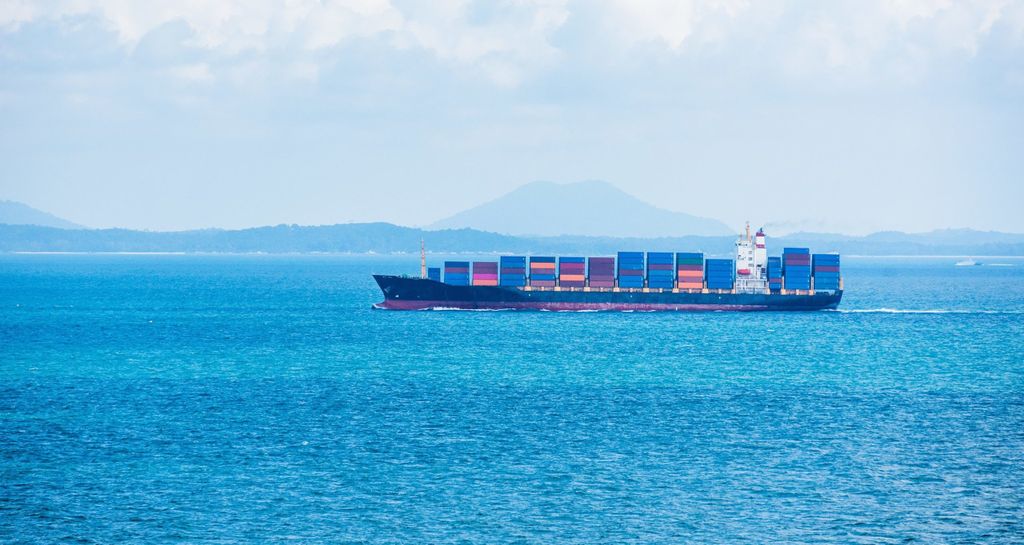
Past event In person & livestreamed
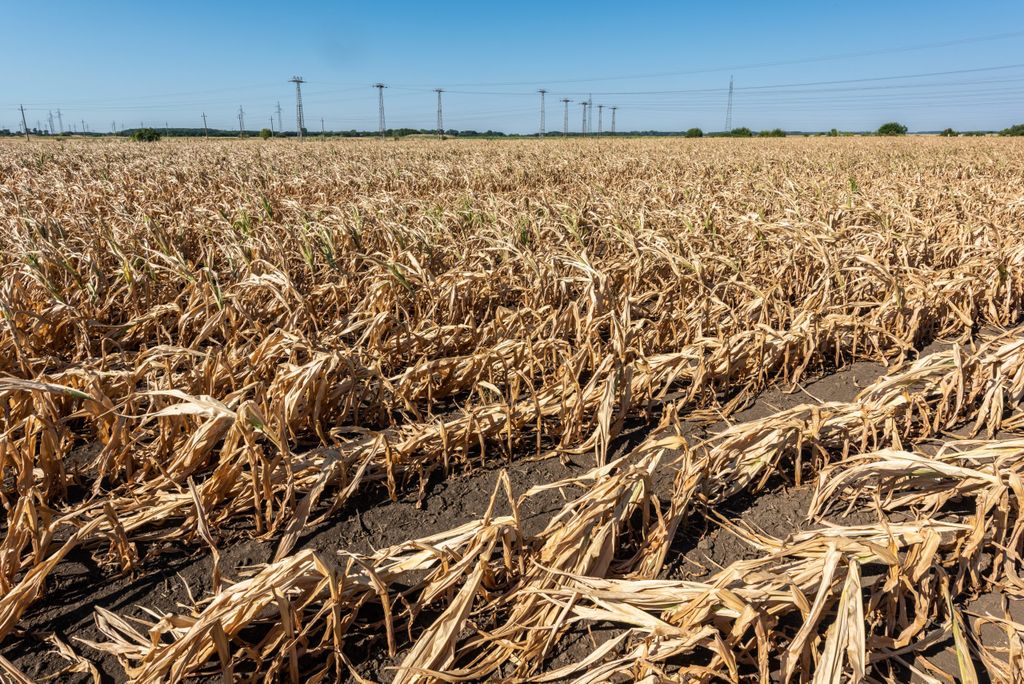
Past event In person & Livestreamed
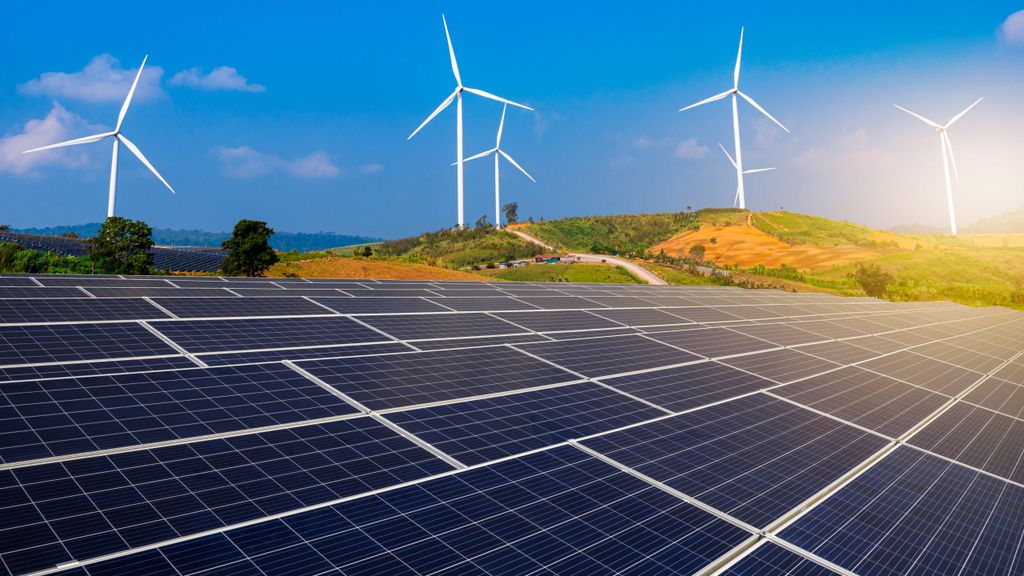
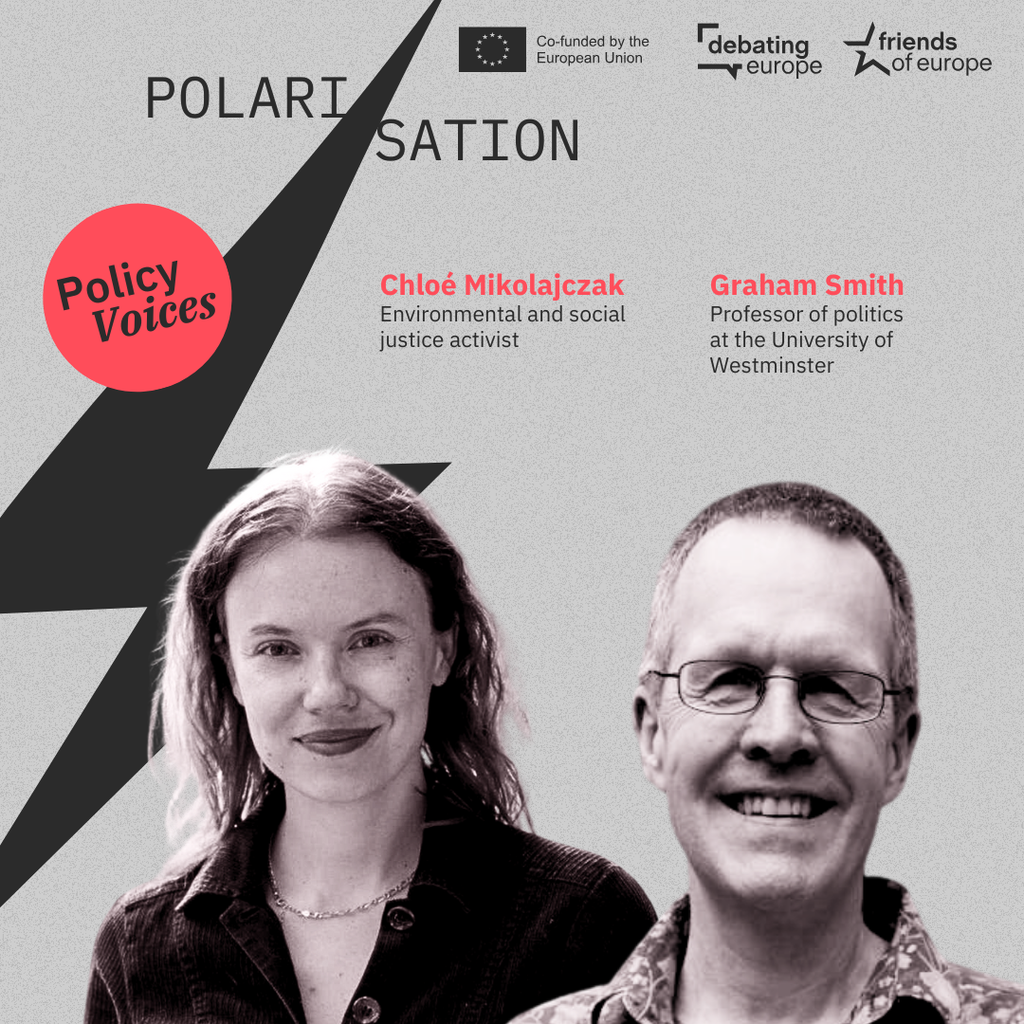

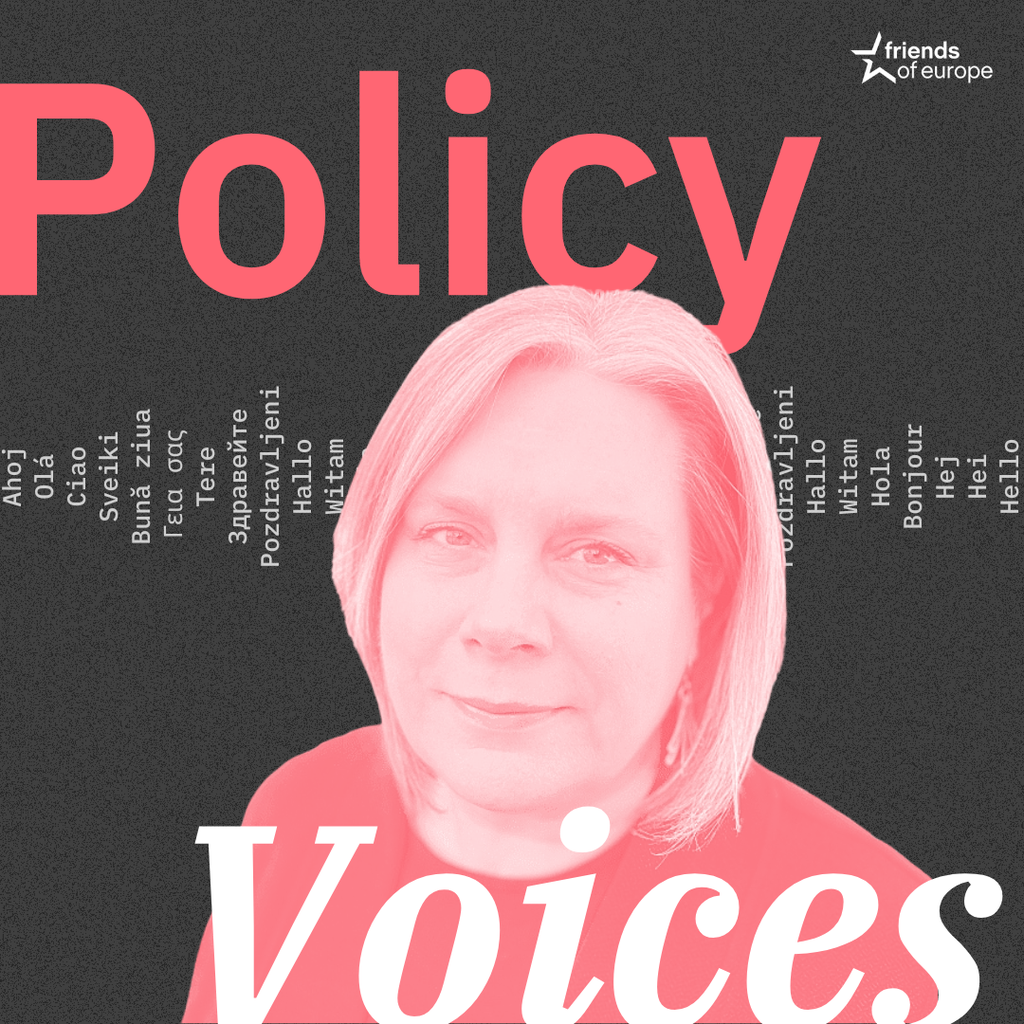
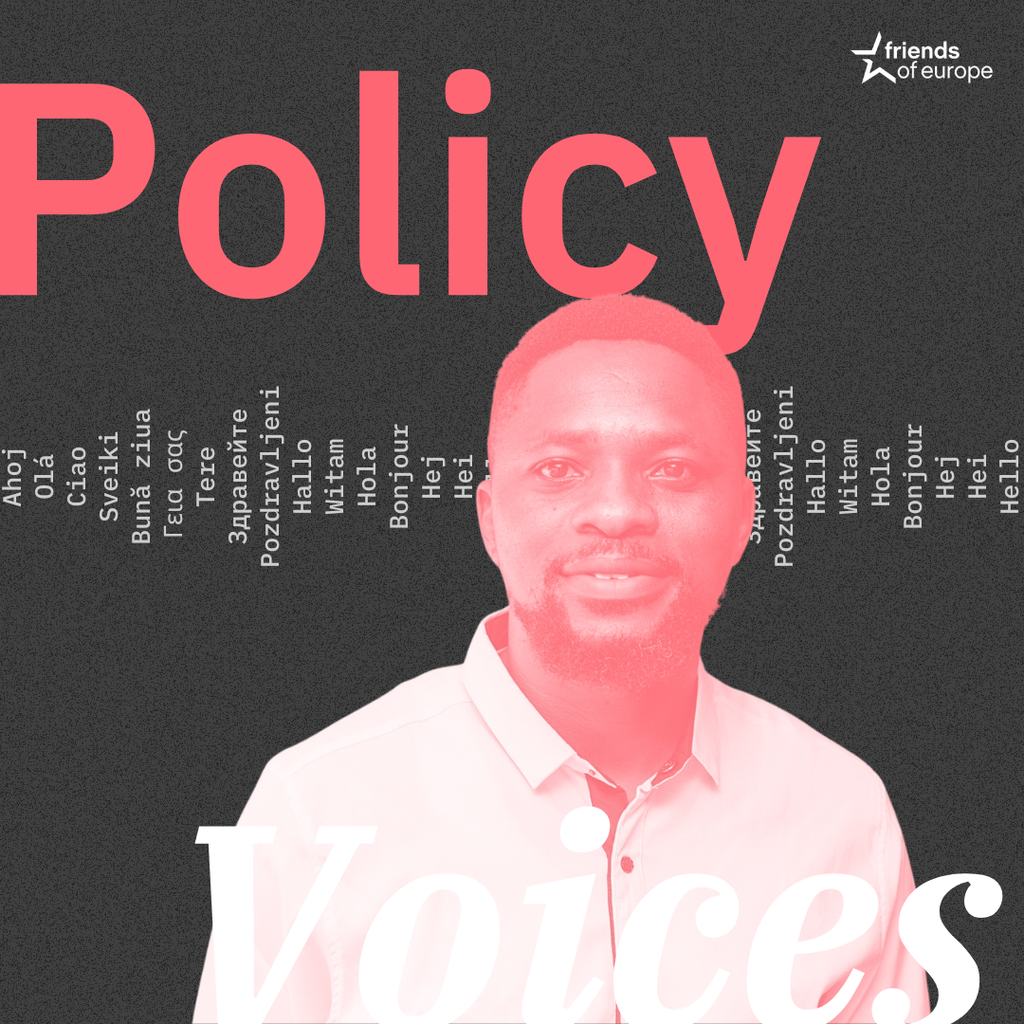
Stay informed
We use cookies and similar technologies to adjust your preferences, analyze traffic and measure the effectiveness of our campaigns. Learn more about our privacy policy.